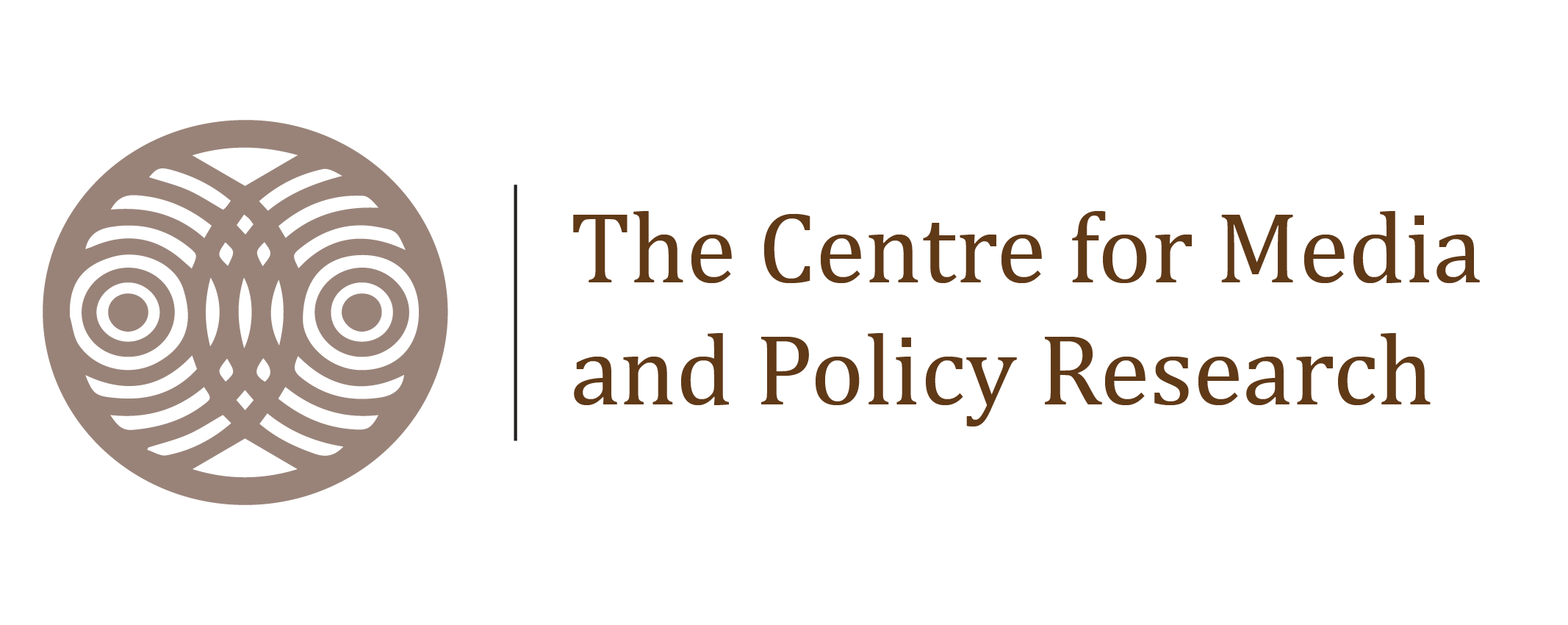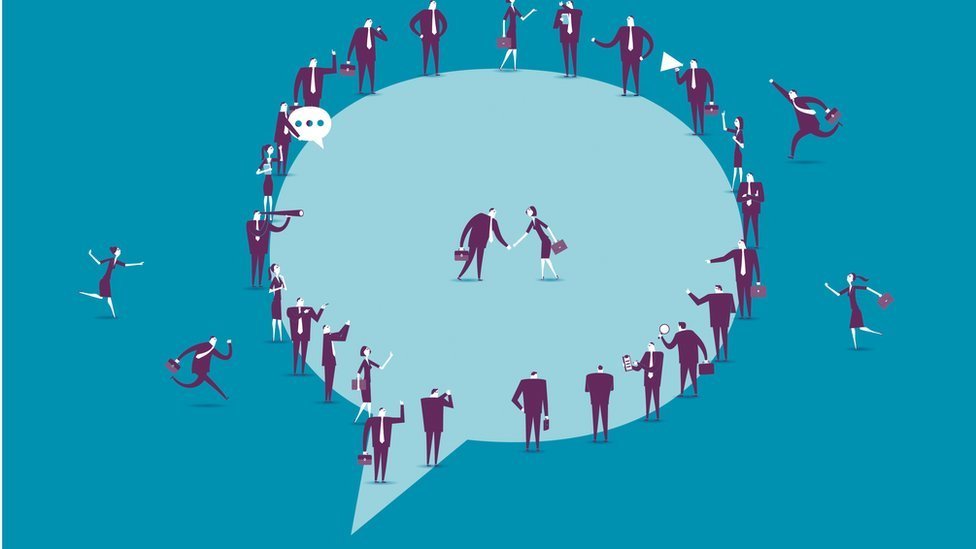The Evolving Role of Media in Shaping Public Opinion
Can you imagine a world where everyone only hears the information that reinforces their existing beliefs? No dissenting opinions and no challenging perspectives. This is the reality of the era in which we live- the digital age, where social media algorithms and personalized news feeds create echo chambers in our minds that can polarize public opinion and hinder our critical thinking. In today’s digital era, the media’s influence on public opinion has never been more profound. From newspapers to social media platforms, the mediums through which we receive information have expanded exponentially. This evolution has brought in both opportunities and challenges in how public opinion is shaped and often has a significant implication on society and governance at large.
The Power of Social Media: Social media has revolutionized the way we consume news and information. Platforms like Twitter, Facebook, and Instagram allow users to share their opinions and news in real time, reaching a global audience instantly. For example, during the COVID-19 pandemic, social media played a critical role in disseminating information and shaping public perceptions about health measures, vaccines, and government policies (Cinelli et al., 2020). Democratization of information has empowered individuals to become content creators, influencing public opinion. However, the rapid dissemination of misinformation and fake news, as seen in the spread of COVID-19 conspiracy theories also highlights the challenges of this new media landscape.
The Rise of Echo Chambers: One of the unintended consequences of the digital media ecosystem is the creation of echo chambers. Data and algorithms on social media platforms often show content that aligns with a user’s existing beliefs, reinforcing their viewpoints while excluding opposing perspectives. This phenomenon can polarize public opinion, as seen in the 2020 U.S. presidential election, where echo chambers on social media contributed to deep political divides (Tucker et al., 2018). In such an environment, the media’s role as an objective source of information becomes crucial, yet increasingly difficult to maintain.
The Responsibility of Traditional Media
Traditional mediums such as newspapers, television, and radio, still play a pivotal role in shaping public opinion. These mediums are often seen as more credible due to their established reputations and adherence to journalistic standards. However, these too face challenges in the digital era as they face competition from online platforms and the pressure to produce content that generates more clicks and views. Despite these challenges, the traditional media has the responsibility to maintain journalistic integrity and provide balanced, fact-checked information to the public. During the Black Lives Matter protests in 2020, traditional media was instrumental in providing context and coverage that helped frame the movement in a broader socio-political narrative (Freelon et al., 2020).
Theoretical Perspective: Walter Lippmann’s book ‘Public Opinion’ is a seminal work in media and political science that deals with the concept of how media shapes public opinion. It explores the complex relationship between public opinion, media and governance. Lippmann, in his book, argues that our understanding of the world is largely shaped by mental images or “stereotypes,” that we form based on the limited information and our personal experiences. These stereotypes can be inaccurate and biased which thus leads to misinformed public opinion. Lippman criticizes the notion of a “public” as a rational, unified entity and suggests that public opinion is often manipulated by powerful elites through the media. The major concept that Lippman mentions about Public Opinion is- pseudo-environment, stereotypes, the role of the media, and the need for opinion leaders. Lippman’s viewpoints offer a critical examination of the limitations of democratic governance and the challenges of forming informed public opinion. These ideas continue to be relevant even today as the media landscape has evolved and the influence of public opinion on political decision-making remains significant.
References
Cinelli, M., Quattrociocchi, W., Galeazzi, A., Valensise, C. M., Brugnoli, E., Schmidt, A. L., & Scala, A. (2020). The COVID-19 social media infodemic. Scientific Reports, 10(1), 1-10.
Freelon, D., McIlwain, C. D., & Clark, M. D. (2020). Quantifying the power and influence of Black Lives Matter discourse on Twitter. Social Science Computer Review, 38(4), 359-378.
Lippmann, W. (1922). Public opinion. New York: Harcourt, Brace & Company.
Tucker, J. A., Guess, A., Barbera, P., Vaccari, C., Siegel, A., Sanovich, S., … & Nyhan, B. (2018). Social media, political polarization, and political disinformation: A review of the scientific literature. Political Science, 2(1), 207-215.
Centre for Media and Policy Research investigates and critically analyses the role of media in shaping public opinion. To express your views and to contribute to our mission of building a collaborative space for media academics and industry, write to us at [email protected]
Read more…






